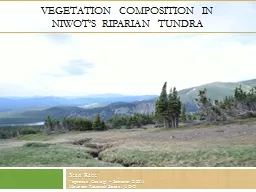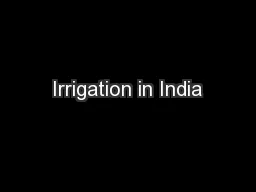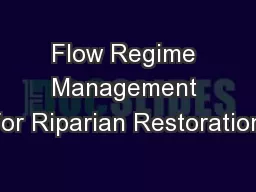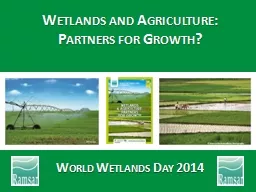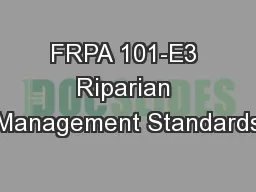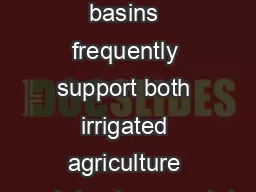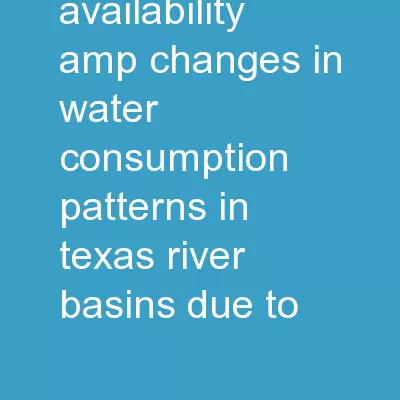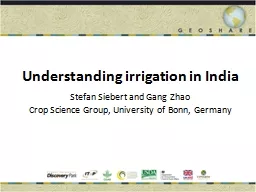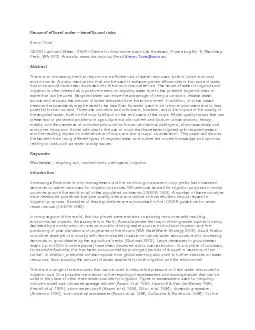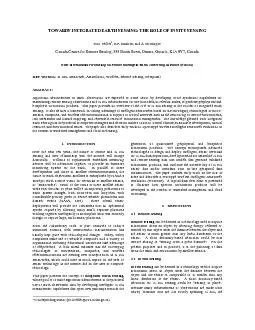PPT-Abstract: Dryland river basins frequently support both irrigated agriculture and riparian
Author : tatyana-admore | Published Date : 2019-11-18
Abstract Dryland river basins frequently support both irrigated agriculture and riparian vegetation and remote sensing methods are needed to monitor water use by
Presentation Embed Code
Download Presentation
Download Presentation The PPT/PDF document "Abstract: Dryland river basins frequen..." is the property of its rightful owner. Permission is granted to download and print the materials on this website for personal, non-commercial use only, and to display it on your personal computer provided you do not modify the materials and that you retain all copyright notices contained in the materials. By downloading content from our website, you accept the terms of this agreement.
Abstract: Dryland river basins frequently support both irrigated agriculture and riparian: Transcript
Download Rules Of Document
"Abstract: Dryland river basins frequently support both irrigated agriculture and riparian"The content belongs to its owner. You may download and print it for personal use, without modification, and keep all copyright notices. By downloading, you agree to these terms.
Related Documents


